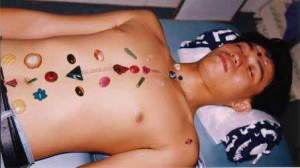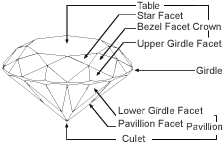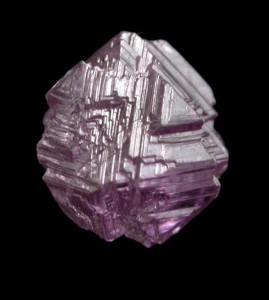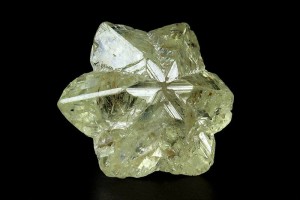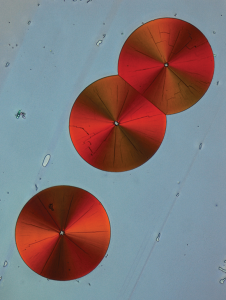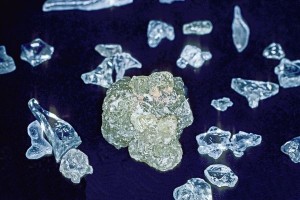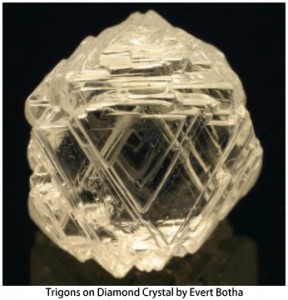GLASS FILLED AND COMPOSITE GEMSTONES:
There are a number of “composite” and other varieties of treated stones on the market; perhaps most notably composite “ruby.” Nor is is unusual to find gems incorrectly or misleadingly described in advertising venues of all kinds. FYI: the FTC gives the following guidelines as of the date of this posting:
§ 23.22 Disclosure of treatments to gemstones
It is unfair or deceptive to fail to disclose that a gemstone has been treated if:
(a) the treatment is not permanent. The seller should disclose that the gemstone has been treated and that the treatment is or may not be permanent;
(b) the treatment creates special care requirements for the gemstone. The seller should disclose that the gemstone has been treated and has special care requirements. It is also recommended that the seller disclose the special care requirements to the purchaser;
(c) the treatment has a significant effect on the stone’s value. The seller should disclose that the gemstone has been treated.
Note to § 23.22: The disclosures outlined in this section are applicable to sellers at every level of trade, as defined in § 23.0(b) of these Guides, and they may be made at the point of sale prior to sale; except that where a jewelry product can be purchased without personally viewing the product, (e.g., direct mail catalogs, online services, televised shopping programs) disclosure should be made in the solicitation for or description of the product.
§ 23.23 Misuse of the words “ruby,” “sapphire,” “emerald,” “topaz,” “stone,” “birthstone,” “gemstone,” etc.
(a) It is unfair or deceptive to use the unqualified words “ruby,” “sapphire,” “emerald,” “topaz,” or the name of any other precious or semi-precious stone to describe any product that is not in fact a natural stone of the type described.
(b) It is unfair or deceptive to use the word “ruby,” “sapphire,” “emerald,” “topaz,” or the name of any other precious or semi-precious stone, or the word “stone,” “birthstone,” “gemstone,” or similar term to describe a laboratory-grown, laboratory-created, [manufacturer name]-created, synthetic, imitation, or simulated stone, unless such word or name is immediately preceded with equal conspicuousness by the word “laboratory-grown,” “laboratory-created,” “[manufacturer name]-created,” “synthetic,” or by the word “imitation” or “simulated,” so as to disclose clearly the nature of the product and the fact it is not a natural gemstone.
Note to paragraph (b): The use of the word “faux” to describe a laboratory-created or imitation stone is not an adequate disclosure that the stone is not natural.
(c) It is unfair or deceptive to use the word “laboratory-grown,” “laboratory-created,” “[manufacturer name]-created,” or “synthetic” with the name of any natural stone to describe any industry product unless such industry product has essentially the same optical, physical, and chemical properties as the stone named.
§ 23.24 Misuse of the words “real,” “genuine,” “natural,” “precious,” etc.
It is unfair or deceptive to use the word “real,” “genuine,” “natural,” “precious,” “semi-precious,” or similar terms to describe any industry product that is manufactured or produced artificially.

